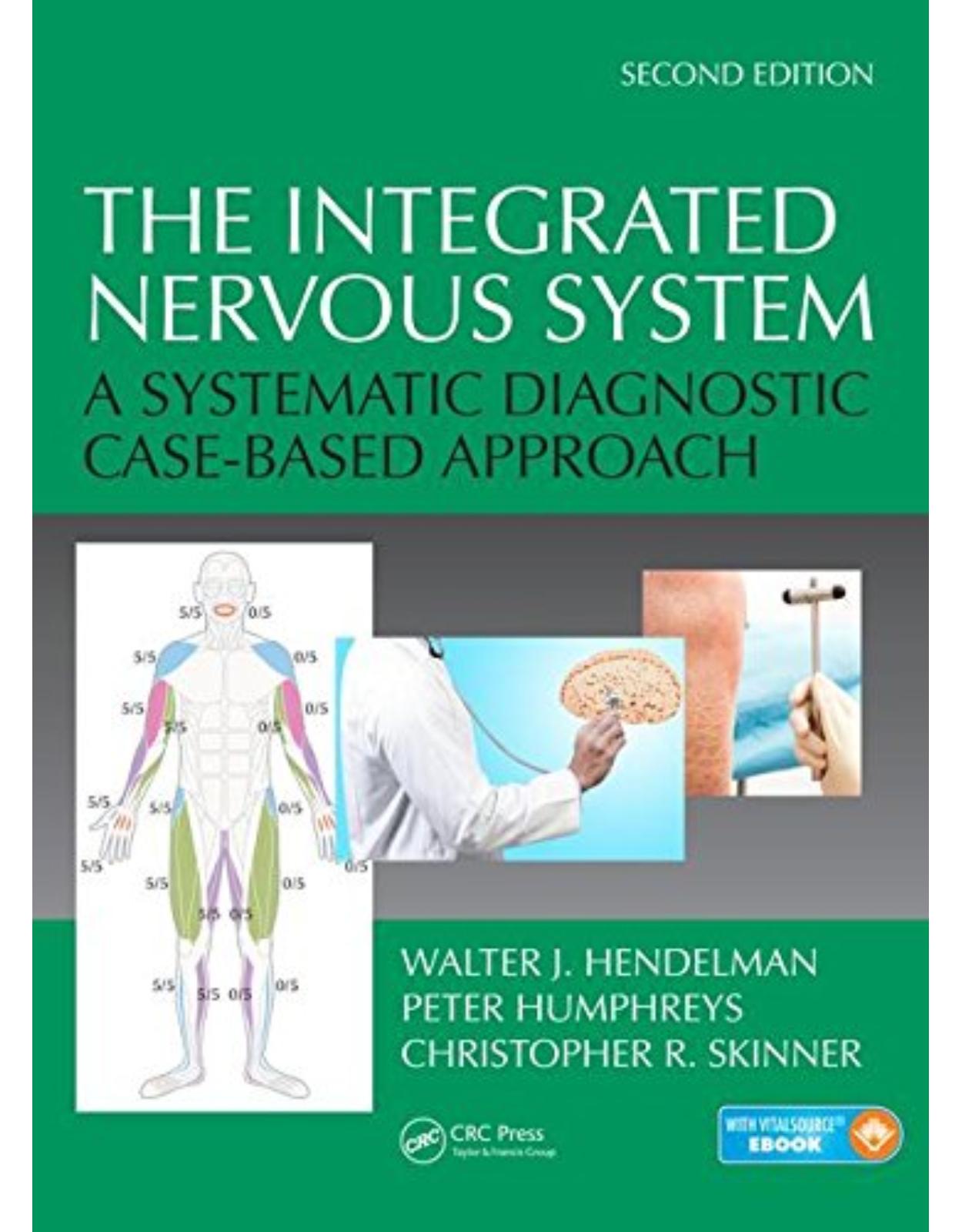
The Integrated Nervous System: A Systematic Diagnostic Case-Based Approach
Livrare gratis la comenzi peste 500 RON. Pentru celelalte comenzi livrarea este 20 RON.
Disponibilitate: La comanda in aproximativ 4 saptamani
Editura: CRC Press
Limba: Engleza
Nr. pagini: 362
Coperta: Paperback
Dimensiuni: 216 x 277 x 10 mm
An aparitie: 8 Sept. 2017
Description:
This innovative textbook is modelled on problem-based learning. It bridges the gap between academic neuroanatomy and clinical neurology and effectively takes the reader from the classroom to the clinic, so that learning can be applied in practice. This second edition has been updated and expanded to include many more clinical cases within both the book and the accompanying Wweb site. This book and the associated Web site will be of practical value to all the professionals who deal with people who have neurological conditions, as well as being invaluable to medical students and residents. This includes physiatrists (rehabilitation medicine specialists), physiotherapists, occupational therapists and speech therapists, and nurses who specialize in the care of neurological patients. We think that this text will also be of value for family physicians and specialists in internal medicine and pediatrics, all of whom must differentiate between organic pathology of the nervous system and other conditions.
Table of Contents:
Section 1 The Basics of Neurological Problem Solving
Chapter 1 Synopsis of the Nervous System
1.1 Neurobasics
1.1.1 The Neuron
1.1.2 Axons (Nerve Fibers)
1.1.3 Myelin
1.1.4 Synapse and Neurotransmission
1.1.5 Neurotransmitters
1.1.6 Muscle
1.2 Nervous System Overview
1.2.1 The Periphery/PNS
1.2.2 The Spinal Cord
1.2.2.1 Sensory Aspects
1.2.2.2 Motor Aspects
1.2.2.3 Reflexes
1.2.2.4 The ANS
1.2.3 The Brainstem
1.2.4 The Reticular Formation
1.2.5 The Cerebellum
1.2.6 The Diencephalon
1.2.7 The Cerebral Hemispheres
1.2.7.1 The Basal Ganglia
1.2.7.2 The Cerebrum
1.2.7.3 Cerebral White Matter
1.2.8 The Cerebral Ventricles
1.2.9 The Limbic System
1.2.10 The Vascular Supply
Reference
Suggested Reading
Chapter 2 Neurological Examination
2.1 Introduction
2.2 Systems
2.3 The Cranial Nerves
2.3.1 CN I: Olfaction (Smell)
2.3.2 CN II: Visual System
2.3.2.1 Pupillary Light Reflex
2.3.3 Sympathetic to Pupil and Eyelids
2.3.4 CN III, IV and VI
2.3.5 CN V
2.3.6 CN VII
2.3.7 Corneal Reflex
2.3.8 CN VIII
2.3.8.1 Auditory System
2.3.8.2 Vestibular System
2.3.9 CN IX and X
2.3.9.1 Gag Reflex
2.3.10 CN XI
2.3.11 CN XII
2.4 Motor Systems
2.4.1 Motor Regulation
2.4.2 Motor System Examination
2.4.3 Pathways for Voluntary (Intentional, Purposeful) Movements
2.4.3.1 The Corticospinal Tract for Complex, Precise Movements
2.4.3.2 Pathways for Programmed (Procedural) Movements
2.4.4 Pathways for Nonvoluntary (Associated and Postural) Movements
2.4.4.1 Cortico-Bulbo-Spinal Pathways
2.4.4.2 The Vestibulospinal Tract
2.4.5 Coordination of Movement
2.4.5.1 Gait and Balance
2.5 Somatosensory Sensory Systems
2.5.1 Posterior Column Pathway: Vibration, Proprioception and Discriminative Touch
2.5.2 Spinothalamic Pathway: Pain and Temperature
2.6 Higher Mental Functions
2.6.1 Mental Status
2.6.2 Cortical Functions
2.6.2.1 Executive Functions
2.6.2.2 Attention
2.6.2.3 Language
2.6.2.4 Memory
2.6.2.5 Visuospatial
2.6.2.6 Impairment of Function
2.6.2.7 Emotions
2.7 Human Consciousness
2.8 Sleep
2.9 The Neurological Examination of Young Children
Suggested Reading
Chapter 3 Clinical Problem Solving
3.1 Introduction
3.2 Is the Problem Truly Neurological?
3.3 Sample Case
3.4 Clinical Data Extraction
3.5 Main Clinical Points
3.6 Relevant Neuroanatomy
3.7 Localization Process
3.7.A Muscle Disease
3.7.A.1 Investigations
3.7.B NMJ
3.7.B.1 Investigations
3.7.C Peripheral Nerve
3.7.C.1 Investigations
3.7.D Spinal Cord
3.7.D.1 Investigations
3.7.E Brainstem
3.7.E.1 Investigations
3.7.F Deep White Matter and Lateral Thalamus
3.7.F.1 Investigations
3.7.G Cortex
3.7.G.1 Investigations
3.7.H Centres of Integration
3.7.H.1 Cerebellum
3.7.H.2 Basal Ganglia
3.7.I Localization Shortcuts
3.8 Etiology
3.8.A Paroxysmal
3.8.A.1 Electrical
3.8.A.2 Syncope
3.8.A.3 Migraine
3.8.B Trauma
3.8.C Vascular
3.8.D Drugs and Toxins
3.8.E Infections
3.8.F Metabolic
3.8.G Inflammatory/Autoimmune
3.8.H Neoplastic
3.8.H.1 Paraneoplastic
3.8.I Degenerative Diseases
3.8.J Genetic Diseases
3.9 Case Summary
3.9.1 Case Resolution
3.10 Fail Safe: Localization/etiology Checklist
3.11 Implementation
Suggested Reading
Section 2 Applying the Basics to Clinical Cases
Chapter 4 Fifi
4.1 Fifi
4.2 Clinical Data Extraction
4.3 Main Clinical Points
4.4 Relevant Neuroanatomy
4.5 Localization Process
4.5.1 Peripheral Nerves
4.6 Etiology – Fifi’s Disease Process
4.6.A Paroxysmal
4.6.B Trauma
4.6.C Vascular
4.6.D Toxic
4.6.E Infection
4.6.F Metabolic
4.6.G Inflammatory/Autoimmune
4.6.H Neoplastic
4.6.I/J Degenerative/Genetic
4.7 Summary and Supplementary Information
4.7.1 Guillain–Barré Syndrome
4.7.2 Investigations
4.7.3 Treatment/Outcome
4.8 E-Cases
4.8.1 Case 4e-1: Oskar, Age 52
4.8.2 Case 4e-2: Kiyomi, Age 29
4.8.3 Case 4e-3: Felix, Age 5
4.8.4 Case 4e-4: Nasreen, Age 7
4.8.5 Case 4e-5: Antonia, Age 62
4.8.6 Case 4e-6: Caroline, Aged 51
4.9 Summary of Key Neuroanatomical and Neurophysiological Information
4.10 Chapter-Related Questions
Reference
Suggested Reading
Web sites
Chapter 5 Cletus
5.1 Cletus
5.2 Clinical Data Extraction
5.3 Main Clinical Points
5.4 Relevant Neuroanatomy
5.5 Localization
5.5.1 Spinal Cord Syndromes
5.5.1.1 Complete Transection of the Spinal Cord
5.5.1.2 Anterior Spinal Artery Syndrome
5.5.1.3 Brown–Sequard Syndrome
5.5.1.4 Syringomyelia
5.6 Etiology – Cletus’ Disease Process
5.6.A Paroxysmal Disorders
5.6.B Traumatic Spinal Cord Injury
5.6.C Vascular Injury
5.6.D Drugs and Toxins
5.6.E Spinal Cord Infection
5.6.F Metabolic Injury
5.6.G Spinal Cord Inflammation/Autoimmune
5.6.H Neoplastic Disorders
5.6.H.1 Paraneoplastic
5.6.I Degenerative Disorders
5.6.J Genetic Disorders
5.7 Case Summary
5.7.1 Case Evolution
5.8 E-cases
5.8.1 Case 5e-1: Jean-Pierre, Age 35
5.8.2 Case 5e-2: Anne, Age 18
5.8.3 Case 5e-3: Indira, age 68
5.8.4 Case 5e-4: John, Age 80
5.9 Summary of Key Anatomical Information
5.10 Chapter-Related Questions
Suggested Reading
Chapter 6 Ernesto
6.1 Ernesto
6.2 Clinical Data Extraction
6.3 Review of the Main Clinical Points
6.4 Relevant Neuroanatomy
6.4.1 Facial Nerve (CN VII)
6.4.2 Vestibulo-Cochlear Nerve (CN VIII)
6.4.2.1 Auditory Component
6.4.2.2 Vestibular Component
6.5 Localization
6.6 Etiology: Ernesto’s Disease Process
6.6.A Paroxysmal Disorder
6.6.B Traumatic Injury
6.6.C Vascular Disorder
6.6.D Toxic Injury (Including Drugs)
6.6.E Infectious Diseases
6.6.F Metabolic Diseases
6.6.G Inflammatory/Autoimmune
6.6.H Neoplastic
6.6.I Degenerative Disorders
6.6.J Genetic Disorders
6.7 Case Summary and Supplementary Information
6.7.1 Evolution of the Case
6.7.2 Investigations
6.7.3 Treatment, Management and Outcome
6.7.4 Pathology
6.8 E-cases
6.8.1 Case 6e-1: Erno, Age 15
6.8.2 Case 6e-2: Esther, Age 80
6.8.3 Case 6e-3: Chrissy, Age 4
6.8.4 Case 6e-4: Brenda, Age 9
6.8.5 Case 6e-5: Alain, Age 6
6.9 Summary of Key Anatomical Information
6.10 Chapter-Related Questions
Suggested Reading
Chapter 7 Bernie
7.1 Bernie
7.2 Solving the Clinical Problem
7.3 Main Clinical Points
7.4 Relevant Neuroanatomy and Neurochemistry
7.4.1 Descending Motor Pathways
7.4.2 Basal Ganglia: The ‘Accelerator’ and the ‘Brake’
7.4.3 Cerebellum: The ‘Steering Wheel’
7.4.4 Neurotransmitters Involved in Movement Control
7.5 Localization Process
7.5.1 Descending Motor Pathways
7.5.2 Basal Ganglia Circuitry
7.5.3 Cerebellum and Its Connections
7.6 Etiology – Bernie’s Disease Process
7.6.A Paroxysmal
7.6.B Traumatic
7.6.C Vascular
7.6.D Toxic
7.6.E Infectious
7.6.F Metabolic
7.6.G Inflammatory/Autoimmune
7.6.H Neoplastic
7.6.I/J Degenerative/Genetic
7.6.I/J.1 The Parkinsonian Syndrome
7.6.I/J.2 The SN
7.6.I/J.3 Other Causes of Progressive Dystonia
7.7 Summary and Supplementary Information
7.7.1 Approach to the Investigation of Patients with Parkinsonism/Dystonia
7.7.2 Bernie’s Investigations
7.7.3 Treatment/Outcome
7.8 E-cases
7.8.1 Case 7e-1: Fatima, Age 69
7.8.2 Case 7e-2: Tadeusz, Age 49
7.8.3 Case 7e-3: Kheder, Age 8
7.8.4 Case 7e-4: Deepa, Age 1
7.8.5 Case 7e-5: Maurice, Age 13
7.8.6 Case 7e-6: Mordecai, Age 18
7.9 Summary of key Neuroanatomical and Neurophysiological Information
7.10 Chapter-Related Questions
Reference
Suggested Reading
Web sites
Chapter 8 Etienne
8.1 Etienne
8.2 Clinical Data Extraction
8.3 Main Clinical Points
8.4 Relevant Neuroanatomy and Physiology
8.4.1 Cerebral Circulation
8.4.2 Cerebral Artery Occlusion
8.4.2.1 Carotid
8.4.2.2 Central Source Emboli
8.4.3 Cerebral Ischemia
8.4.4 MCA
8.4.5 ACA
8.4.6 PCA
8.4.7 Basilar Artery
8.5 Localization
8.5.1 Intracerebral Hemorrhage
8.6 Etiology – Etienne’s Disease Process
8.6.A Paroxysmal Disorders
8.6.B Traumatic Vascular Injury
8.6.C Vascular Disorders
8.6.D Toxic Injury
8.6.E Infection
8.6.F Metabolic Injury
8.6.G Inflammatory/Autoimmune
8.6.H Neoplastic Disorders
8.6.I Degenerative Disorders
8.6.J Genetic Disorders
8.7 Case Summary
8.7.1 Case Evolution
8.8 E-Cases
8.8.1 Case 8e-1: BJ, Age 67
8.8.2 Case 8e-2: Amy, Age 72
8.8.3 Case 8e-3: Antonio, Age 78
8.8.4 Case 8e-4: John, Age 67
8.8.5 Case 8e-5: Vic, Age 8
8.9 Summary of Key Neuroanatomical and Neurophysiological Information
8.10 Chapter-Related Questions
Suggested Reading
Chapter 9 Cheryl
9.1 Cheryl
9.1.1 Physical Examination
9.1.2 Cranial Nerve Examination
9.1.3 Motor Examination
9.1.4 Sensory Examination
9.1.5 Fundoscopy
9.2 Clinical Data Extraction
9.3 Review of the Main Clinical Points
9.4 Relevant Neuroanatomy
9.4.1 Meninges and CSF
9.4.1.1 Cranial Meninges
9.4.1.2 Spinal Meninges
9.4.2 The Ventricular System and CSF Circulation
9.4.3 Cerebral Vasculature (Venous)
9.4.4 Visual System
9.4.4.1 Pathway
9.5 Localization Process
9.5.1 Headache
9.5.2 Papilledema
9.5.3 Enlarged Blind Spots
9.6 Etiology – Cheryl’s Disease Process
9.6.C Vascular
9.6.D Toxic
9.6.E Infectious
9.6.F Metabolic Conditions
9.6.G Inflammatory/Autoimmune
9.6.H Neoplastic
9.6.I Degenerative Considerations
9.6.1 Further Considerations
9.6.1.1 Space-Occupying Lesion
9.6.1.2 CSF
9.6.2 The Acute Incident
9.6.2.A Paroxysmal
9.6.2.B Traumatic Injury
9.6.2.C Vascular Disorders
9.6.2.E Infectious (acute)
9.6.2.F Inflammatory/Autoimmune
9.7 Case Summary and Supplementary Information
9.7.1 Evolution of the Case
9.7.2 Investigations
9.7.3 Diagnosis, Management and Outcome
9.8 E-cases
9.8.1 Case 9e-1: Olga, Age 44
9.8.2 Case 9e-2: Jiri, Age 52
9.8.3 Case 9e-3: Srinivas (Srini), Age 2 days
9.8.4 Case 9e-4: Eduarda, Age 17
9.8.5 Case 9e-5: Minh, Age 14
9.9 Summary of Key Neuroanatomical Information
9.10 Chapter-Related Questions
Suggested Reading
Chapter 10 Patty
10.1 Patty
10.2 Clinical Data Extraction
10.3 Main Clinical Points
10.3.1 History
10.3.2 Physical Examination
10.4 Relevant Neuroanatomy
10.5 Localization
10.6 Etiology
10.6.1 Additional History
10.6.1.1 Etiological Considerations
10.6.C Vascular
10.6.D Drugs/Toxins
10.6.E Infectious
10.6.F Metabolic
10.6.G Inflammatory/Autoimmune
10.7 Case Summary and Supplementary Information
10.7.1 Hepatic Encephalopathy
10.7.2 Laboratory Investigations
10.7.3 Treatment/Outcome
10.7.4 Basic Approach to the Localization of Brain Lesions Causing Coma
10.7.4.1 Pupillary Light Reactions
10.7.4.2 Reflex Extraocular Movements
10.7.4.3 Respiratory Pattern
10.7.4.4 Limb Movement Patterns and Reflex Postures
10.7.5 General Comments Concerning Assessment of Coma Levels
10.8 E-cases
10.8.1 Case 10e-1: Hector, Age 55
10.8.2 Case 10e-2: Hans, Age 19
10.8.3 Case 10e-3: Maggie, Age 16
10.8.4 Case 10e-4: Mona, Age 3½
10.9 Summary of Key Anatomical and Neurophysiological Information
10.10 Chapter-Related Questions
Suggested Reading
Chapter 11 Didi
11.1 Didi
11.2 Clinical Data Extraction
11.3 Main Clinical Points
11.4 Relevant Neuroanatomy
11.5 Localization
11.6 Etiology – Didi’s Disease Process
11.6.A Electrical
11.6.A.1 Disturbances in Neuronal Membrane Function
11.6.A.2 Neurophysiology of Neuronal Membranes
11.6.A.3 Synaptic Transmission
11.6.A.4 Neurotransmitters
11.6.A.5 Mechanisms of Epileptic Seizures
11.6.A.6 Types of Epileptic Seizure
11.6.D Drugs and Toxins
11.6.F Metabolic – Lack of Substrate
11.6.J Genetic Disorders
11.7 Case Summary and Supplementary Information
11.7.1 Additional Information
11.7.2 Investigations
11.7.3 Treatment/Outcome
11.8 E-cases
11.8.1 Case 11e-1: Omar, Age 23
11.8.2 Case 11e-2: Yukio, Age 6
11.8.3 Case 11e-3: Mrs. V, Age 40
11.8.4 Case 11e-4: Francesca, Age 22
11.8.5 Case 11e-5: Jason, Age 5 Months
11.8.6 Case 11e-6: Dillon, Age 2
11.9 Summary of Basic Neurophysiological Information
11.10 Chapter-Related Questions
Reference
Suggested Reading
Web sites
Chapter 12 Armand
12.1 Armand
12.2 Clinical Data Extraction
12.3 Main Clinical Points
12.4 Relevant Neuroanatomy, Physiology and Pathophysiology
12.4.1 Cognitive Function
12.4.2 Implications of Dementia on Functional Status
12.4.3 Pathophysiology of Dementia
12.5 Localization
12.6 Etiology
12.6.1 Armand’s Disease Process
12.6.A Paroxysmal Disorders
12.6.B Traumatic Brain Injury
12.6.C Vascular Disorders
12.6.D Drugs and Toxins
12.6.E Infection
12.6.F Metabolic Injury
12.6.G Inflammatory/Autoimmune
12.6.H Neoplastic and Paraneoplastic Disorders
12.6.I Degenerative Disorders
12.6.I.1 Alzheimer’s Disease
12.6.I.2 FTD
12.6.I.3 DLB
12.6.I.4 MSA
12.6.I.5 Subcortical Dementia
12.6.I.6 Sleep and Dementia
12.6.J Genetic Disorders
12.7 Case Summary
12.7.A Case Evolution
12.8 E-cases
12.8.1 Case 12e-1: Louise, Age 61
12.8.2 Case 12e-2: Jack, Age 86
12.8.3 Case 12e-3: Sharon, Age 82
12.8.4 Case 12e-4: George, Aged 75
12.8.5 Case 12e-5: Luc, Age 10
12.9 Summary of Key Neuroanatomical Information
12.10 Chapter-Related Questions
Reference
Suggested Reading
Chapter 13 Mickey
13.1 Mickey
13.2 Clinical Data Extraction
13.3 Main Clinical Points
13.3.1 Characterizing Mickey’s Disorder
13.4 Relevant Neuroanatomy and Neurochemistry
13.4.1 Neuroanatomical Substrates of Behaviour
13.4.1.1 Prefrontal Cortex
13.4.1.2 Basal Ganglia Circuit
13.4.1.3 Cerebellar Circuit
13.4.1.4 Limbic System
13.4.1.5 Monoaminergic and Cholinergic Diffuse Projection
13.4.2 Neurochemical Substrates of Behaviour
13.5 Localization Process
13.6 Etiology – The Nature of Mickey’s Disorder
13.6.A Paroxysmal
13.6.B Traumatic
13.6.C Vascular
13.6.D Toxic
13.6.E Infectious
13.6.F Metabolic
13.6.G Inflammatory/Autoimmune
13.6.H/I Neoplastic/Degenerative
13.6.J Genetic
13.6.J.1 Genetic Neurobehavioral Disorders
13.7 Summary and Supplementary Information
13.7.1 Additional Information
13.7.2 Investigating and Treating Mickey’s Disorder
13.8 E-cases
13.8.1 Case 13e-1: Chunhua, Age 15
13.8.2 Case 13e-2: Ariyan, Age 13
13.8.3 Case 13e-3: Kevin, Age 12
13.8.4 Case 13e-4: Eddie, Age 14
13.8.5 Case 13e-5: Dan, Age 22
13.8.6 Case 13e-6: Naomi, Age 18
13.9 Summary of Key Neuroanatomical and Neurochemical Information
13.10 Chapter-Related Questions
Reference
Suggested Reading
Web sites
Section 3 Supplementary Considerations: Rehabilitation and Ethics
Chapter 14 Neurorehabilitation
14.1 Introduction
14.2 Team
14.3 Specific Conditions
14.3.1 Brain Injury
14.3.2 Spinal Cord Injury
14.3.3 Stroke
14.3.4 Pediatrics
14.4 Conclusion
References
Suggested Reading
Web Sites
Chapter 15 Ethics and Neurology
15.1 Introduction
15.2 Case Study, Part A
15.2.1 Questions to Be Considered
15.2.2 Discussion
15.3 Case Study, Part B
15.3.1 Questions to be Considered
15.3.2 Discussion
15.4 Case Study, Part C
15.4.1 Questions to Be Considered
15.4.2 Discussion
15.5 Case Study, Part D
15.5.1 Questions to Be Considered
15.5.2 Discussion
15.6 Case Study, Part E
15.6.1 Questions to Be Considered
15.6.2 Discussion
15.7 Summary
References
Suggested Reading
Web Sites
Glossary
Annotated Bibliography
Answers to Chapter Questions
Index
Read Less
| An aparitie | 8 Sept. 2017 |
| Autor | Walter J. Hendelman, Peter Humphreys, Christopher R. Skinner |
| Dimensiuni | 216 x 277 x 10 mm |
| Editura | CRC Press |
| Format | Paperback |
| ISBN | 9781466595934 |
| Limba | Engleza |
| Nr pag | 362 |

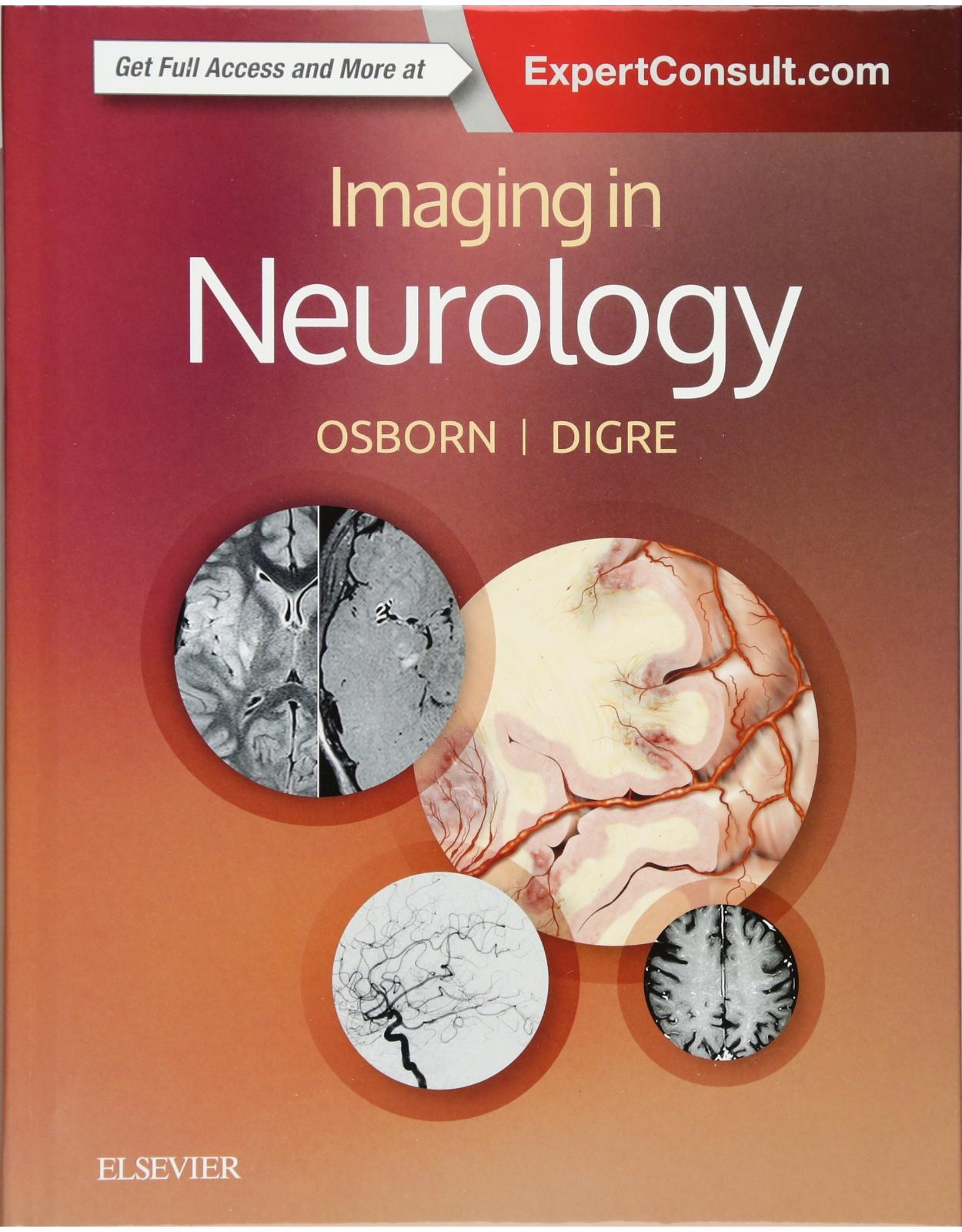
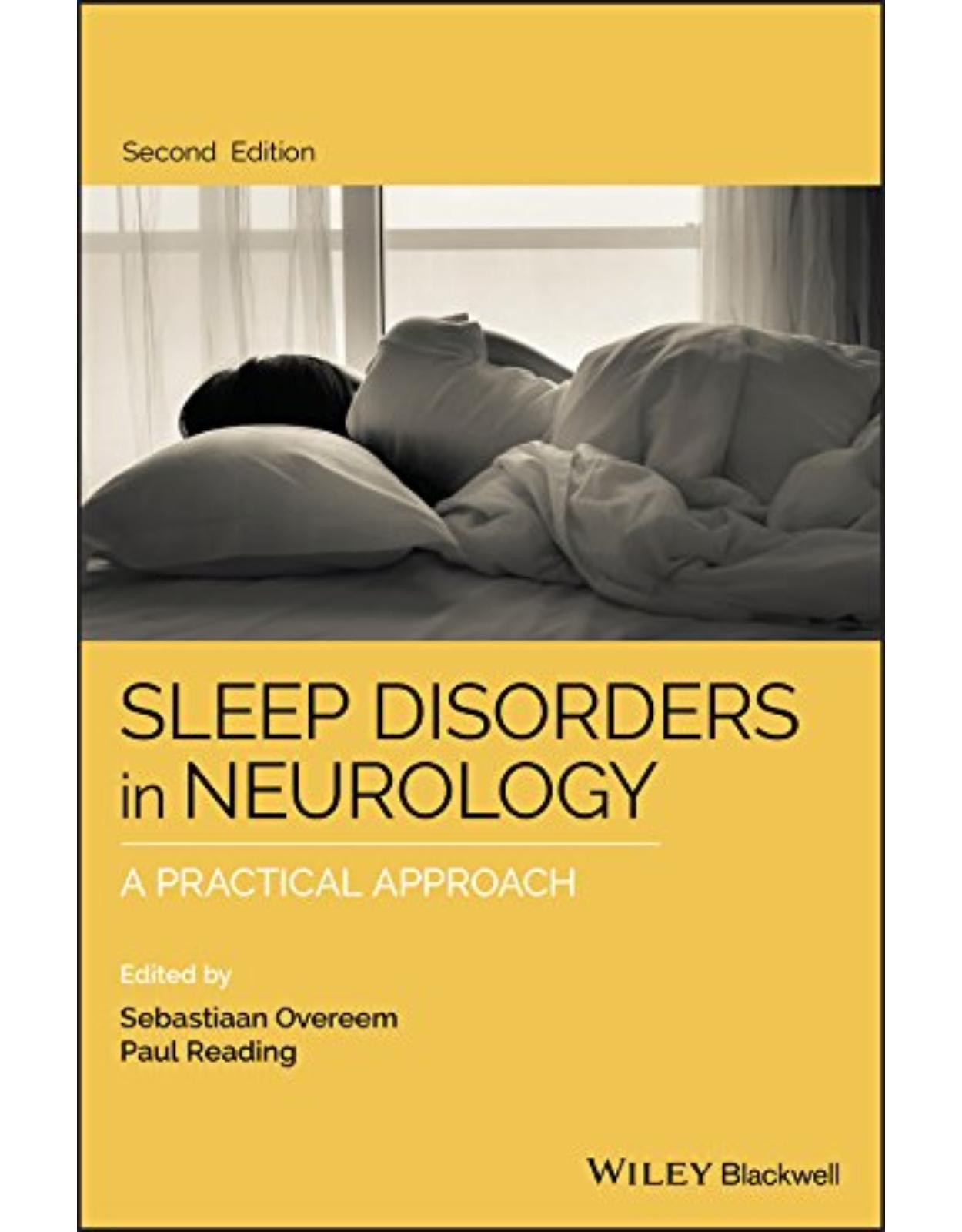
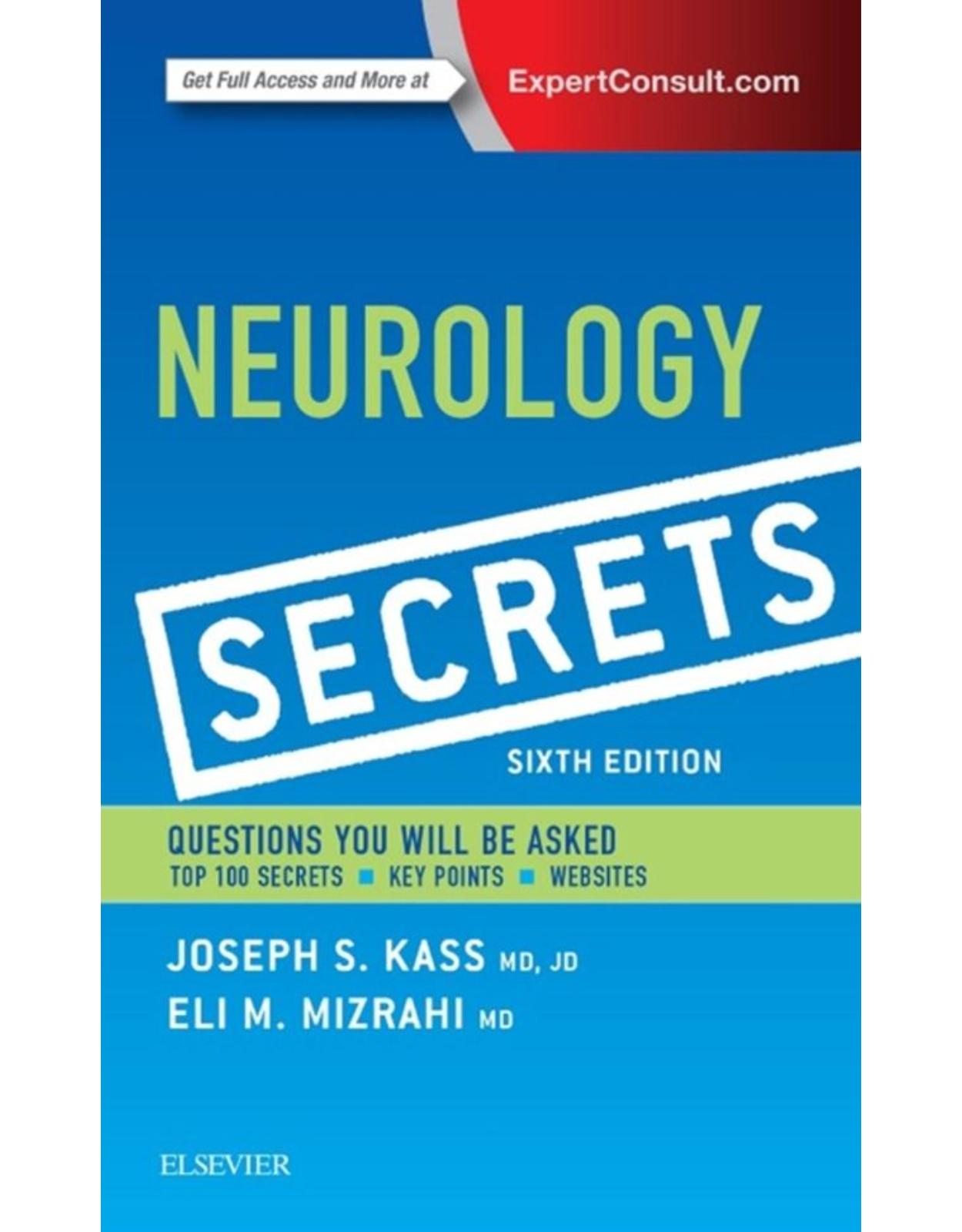
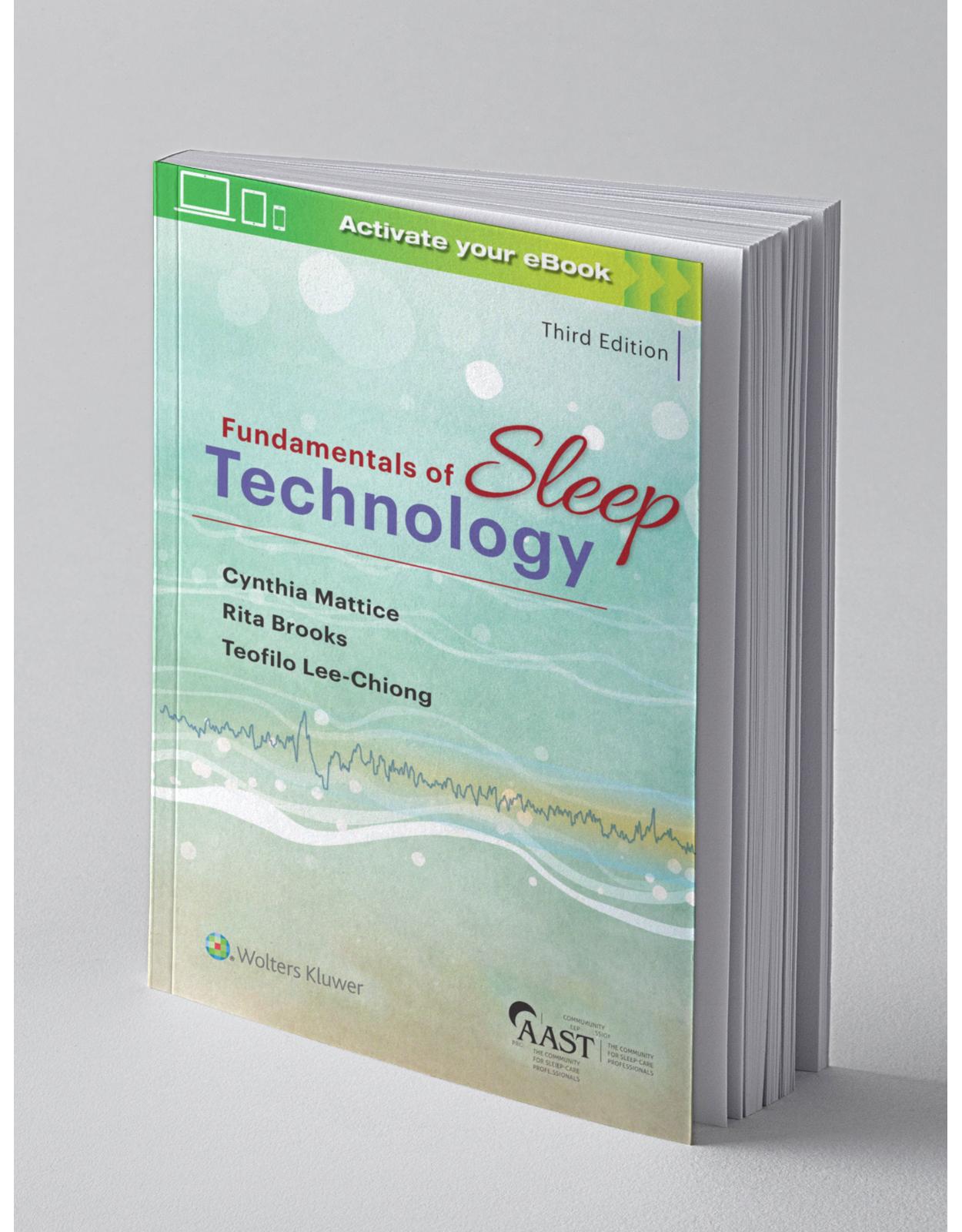
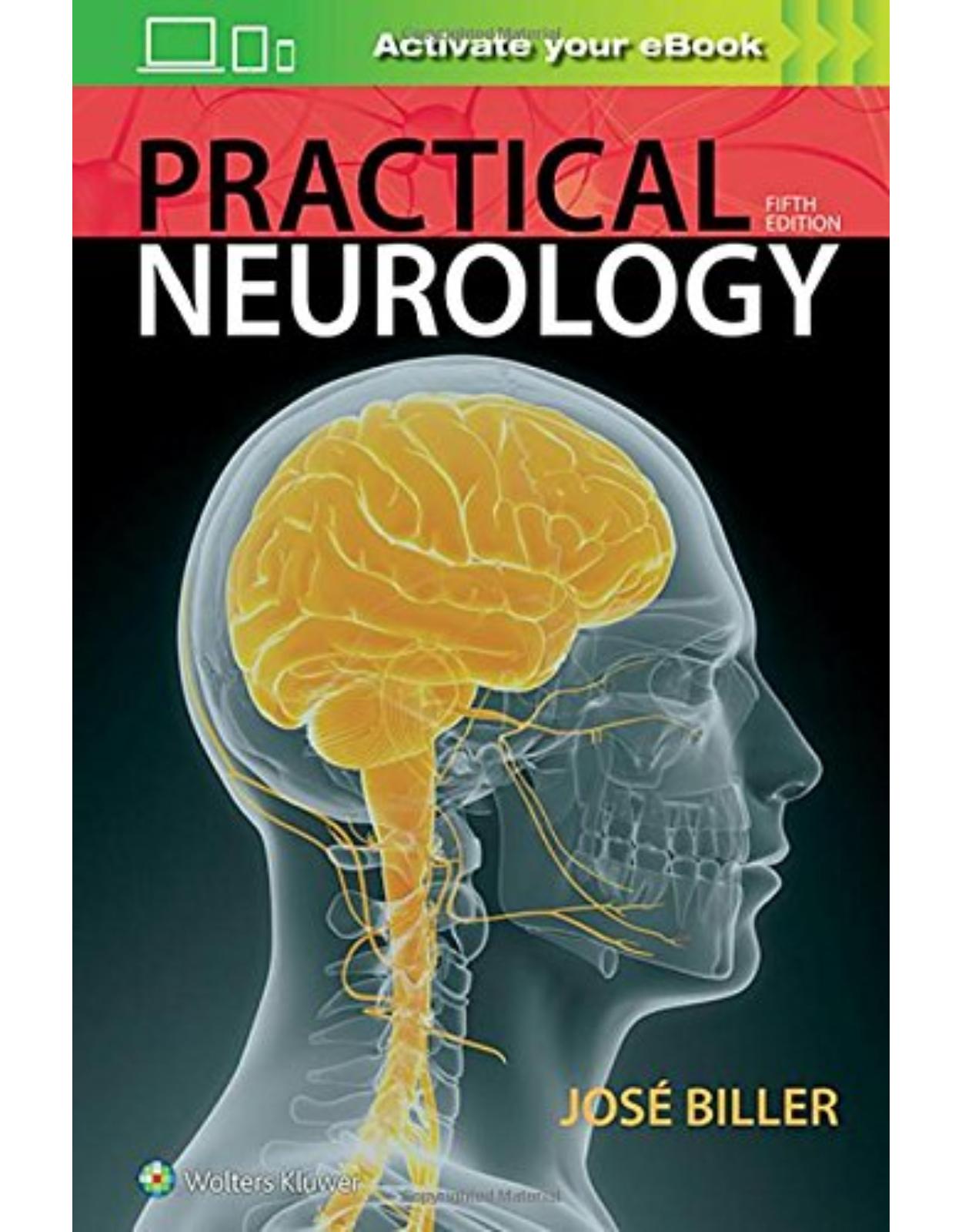
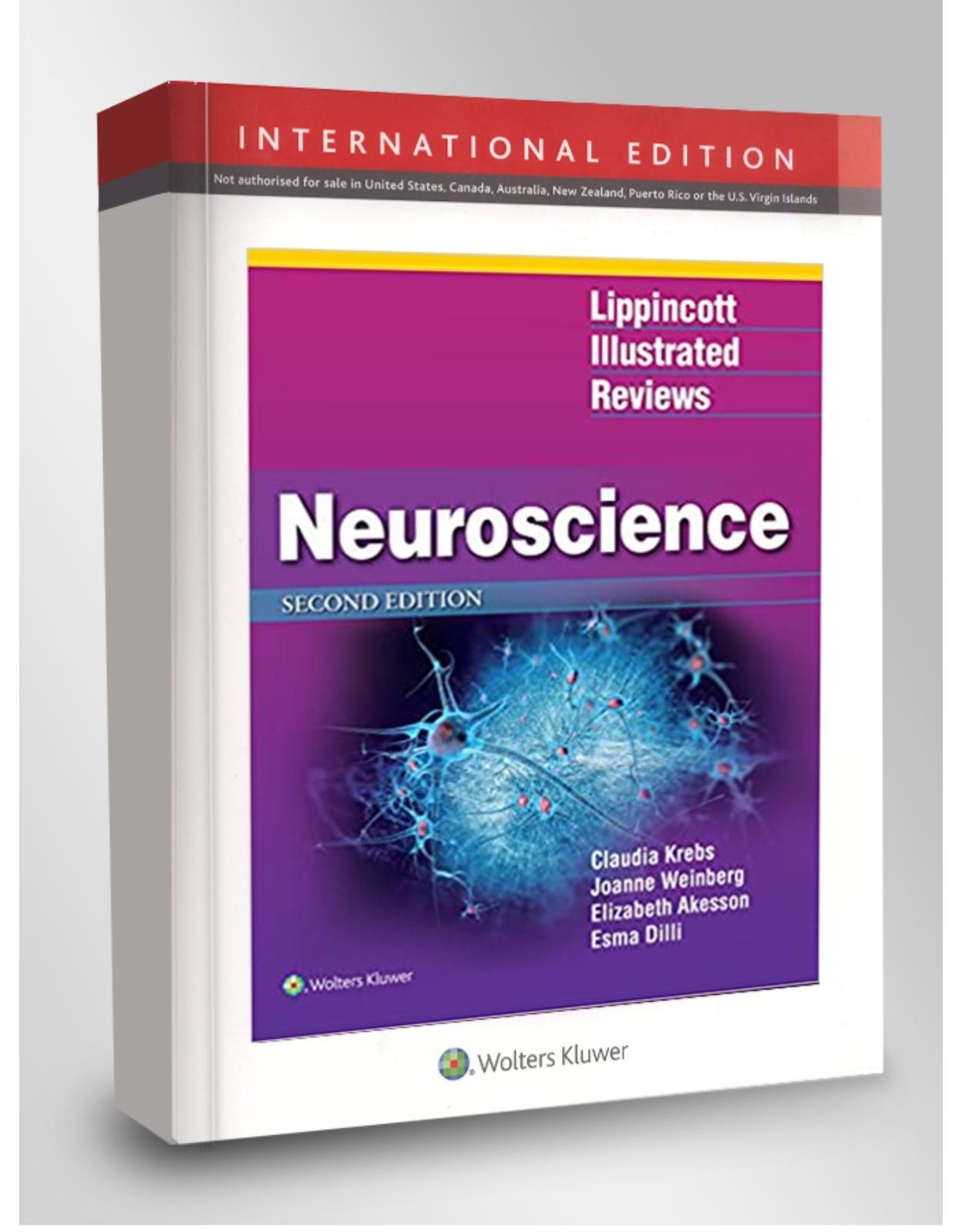
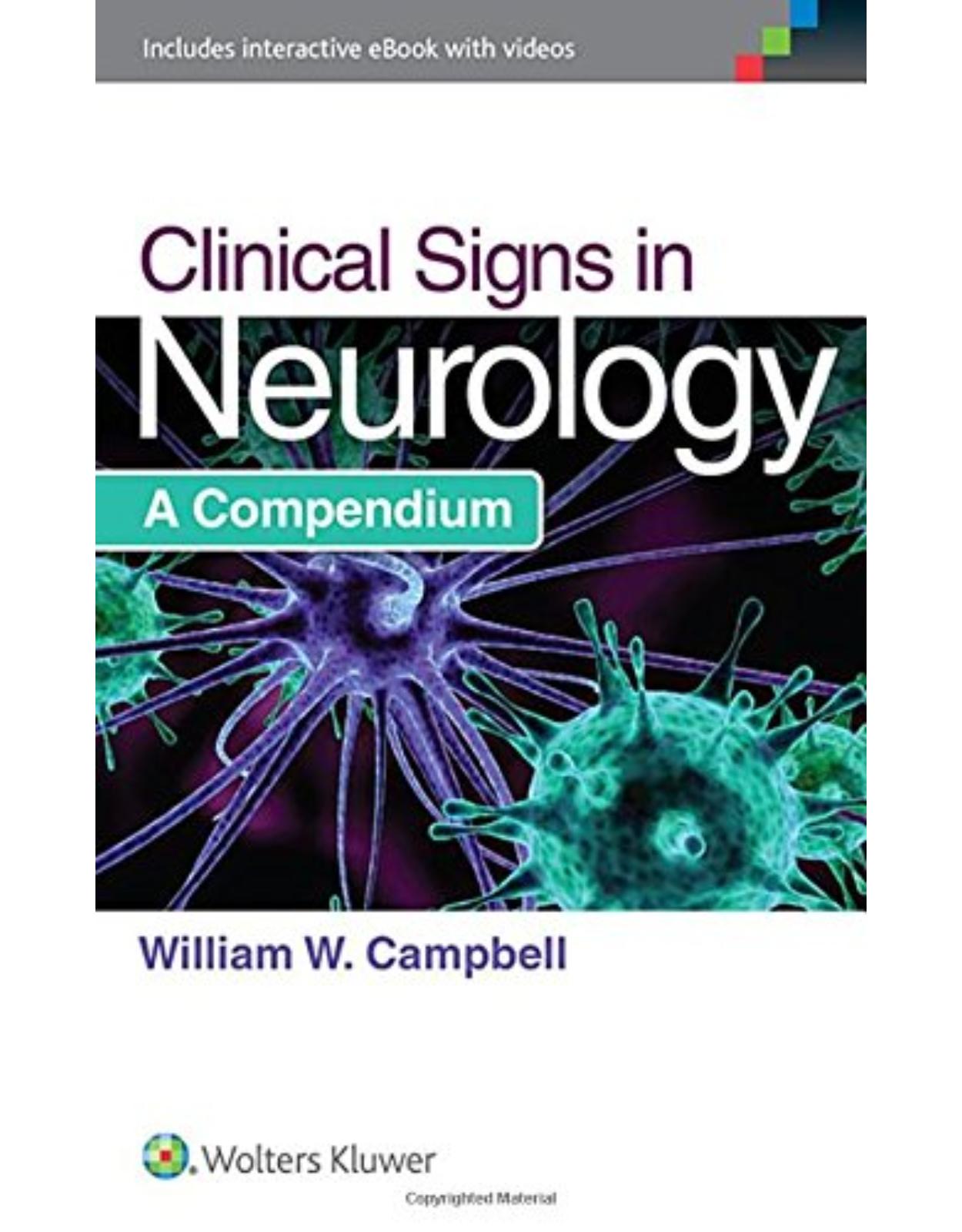
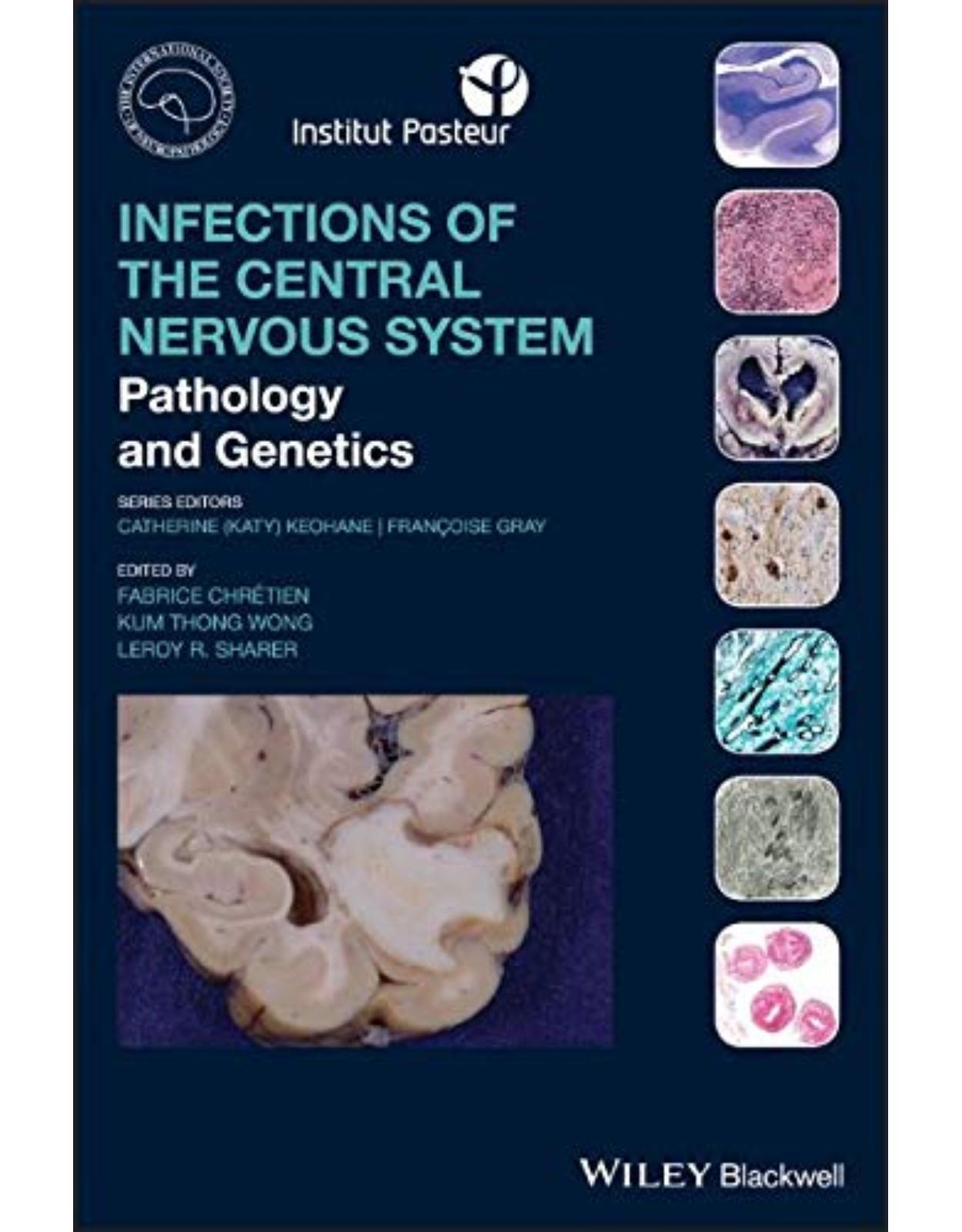
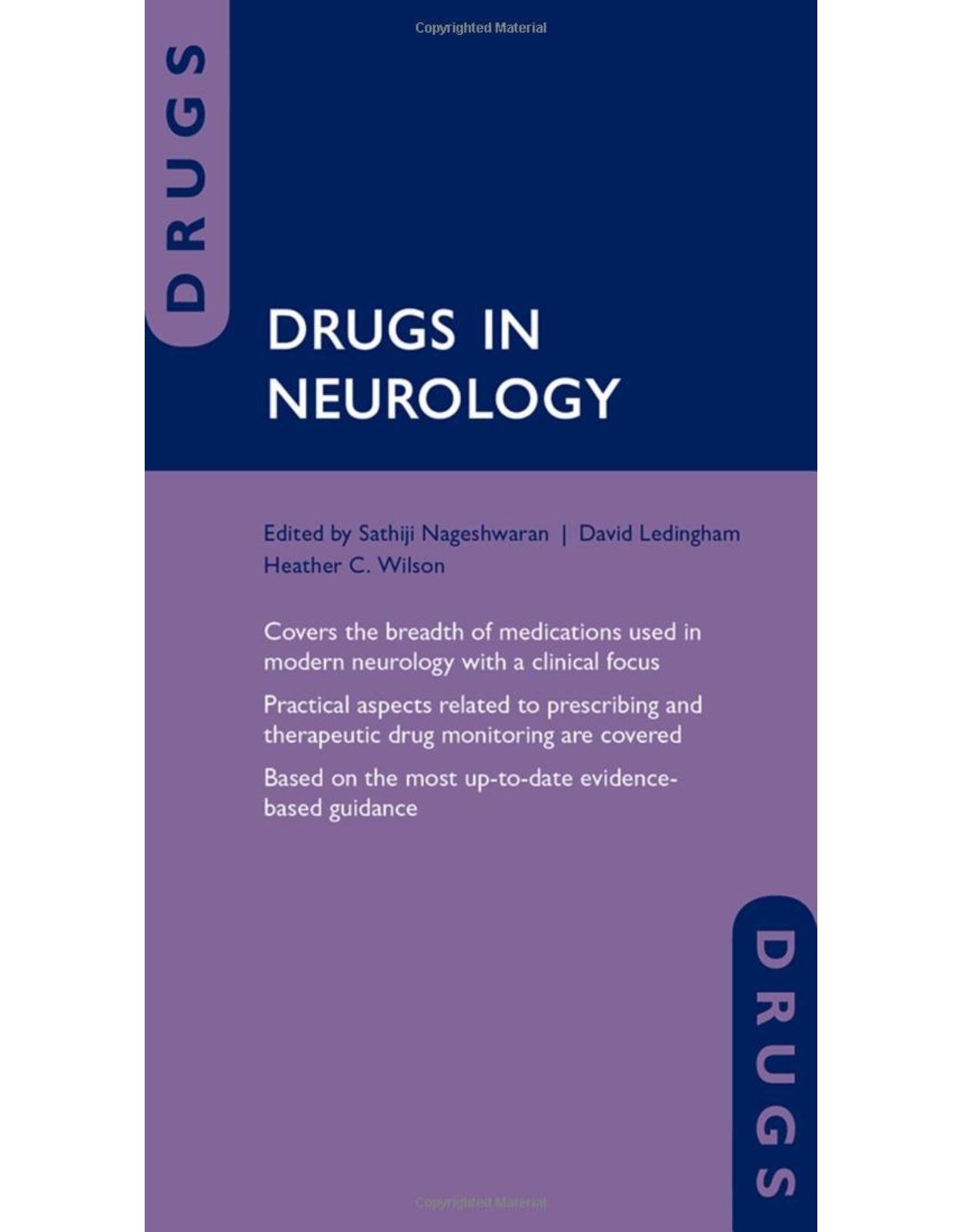
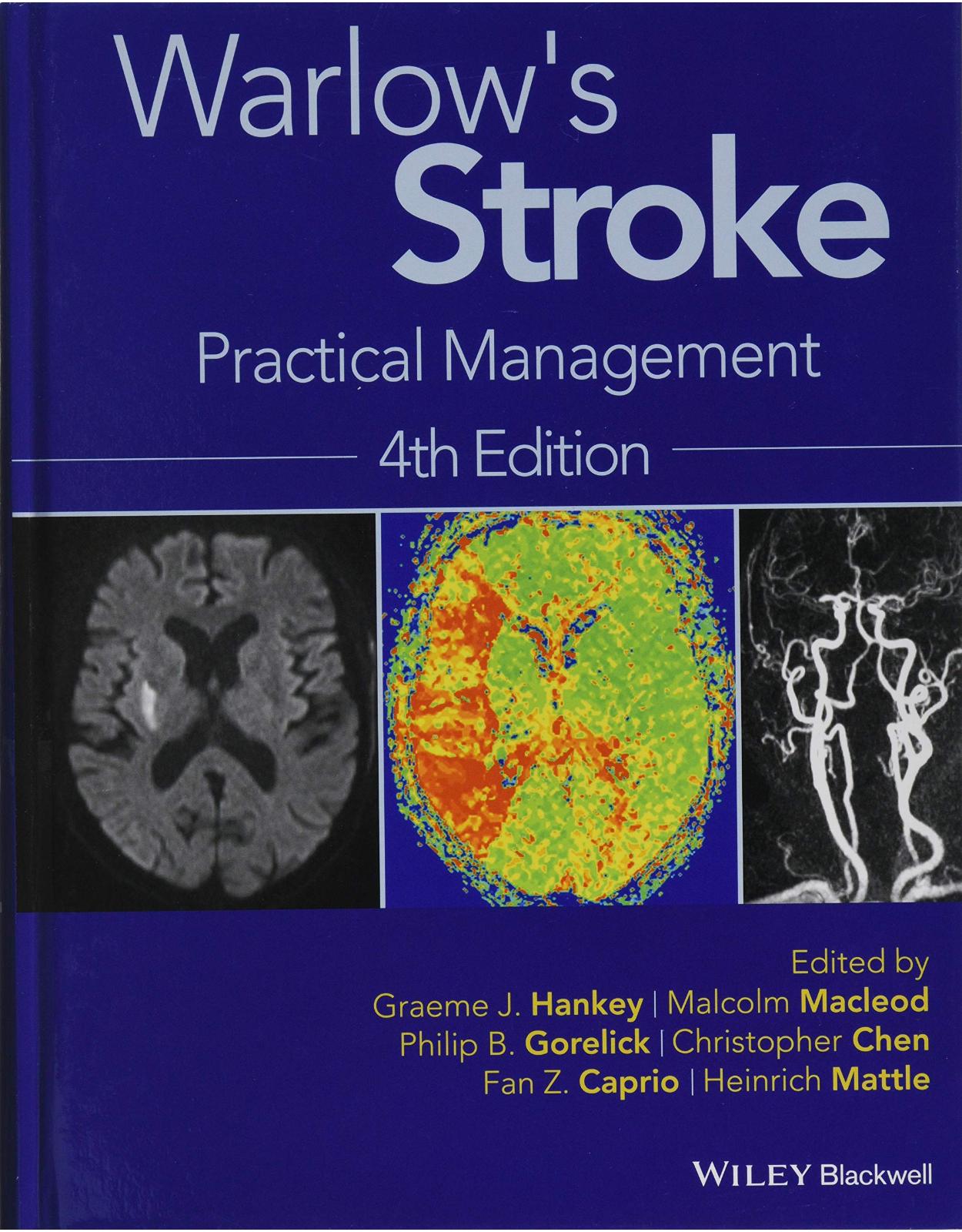
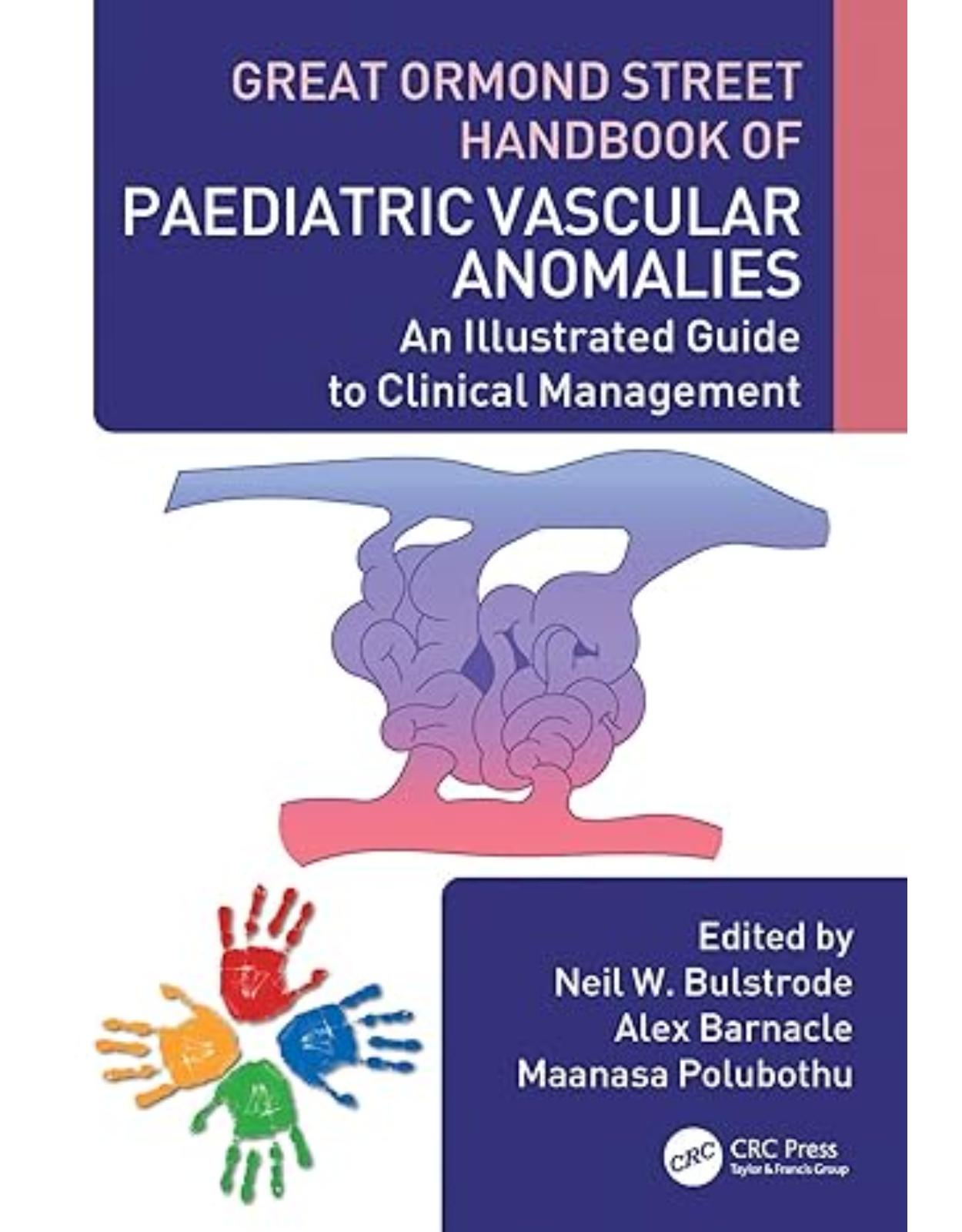
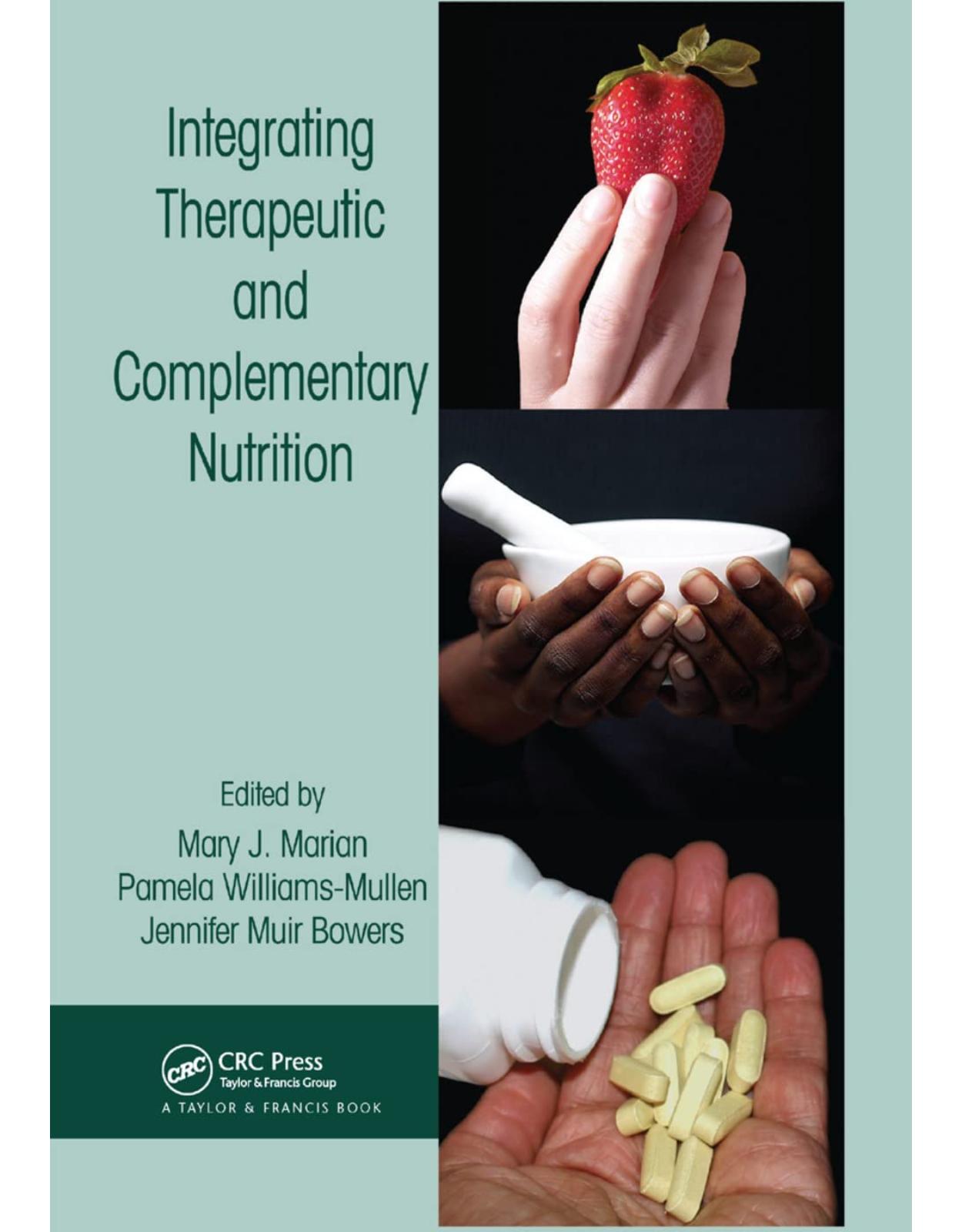
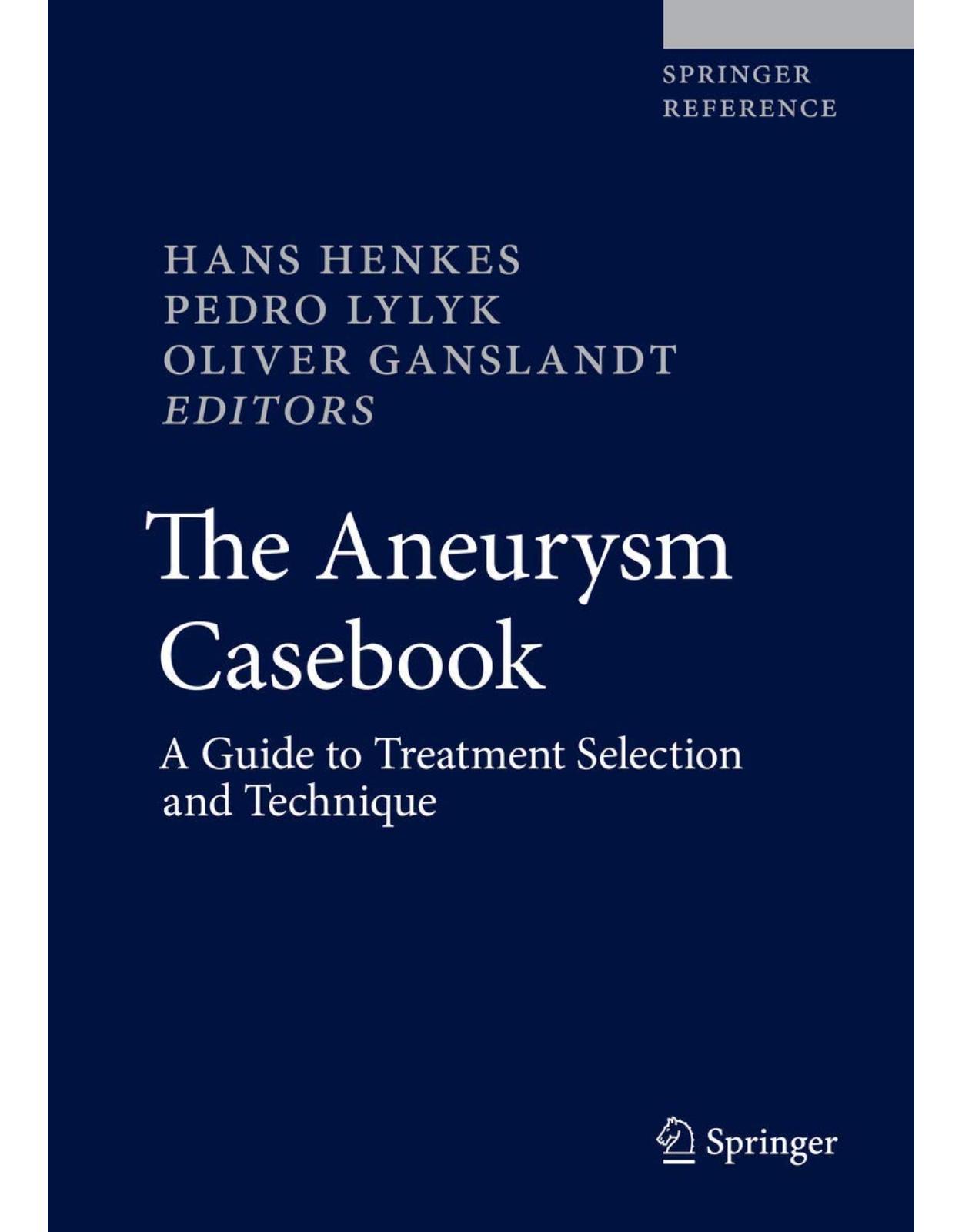
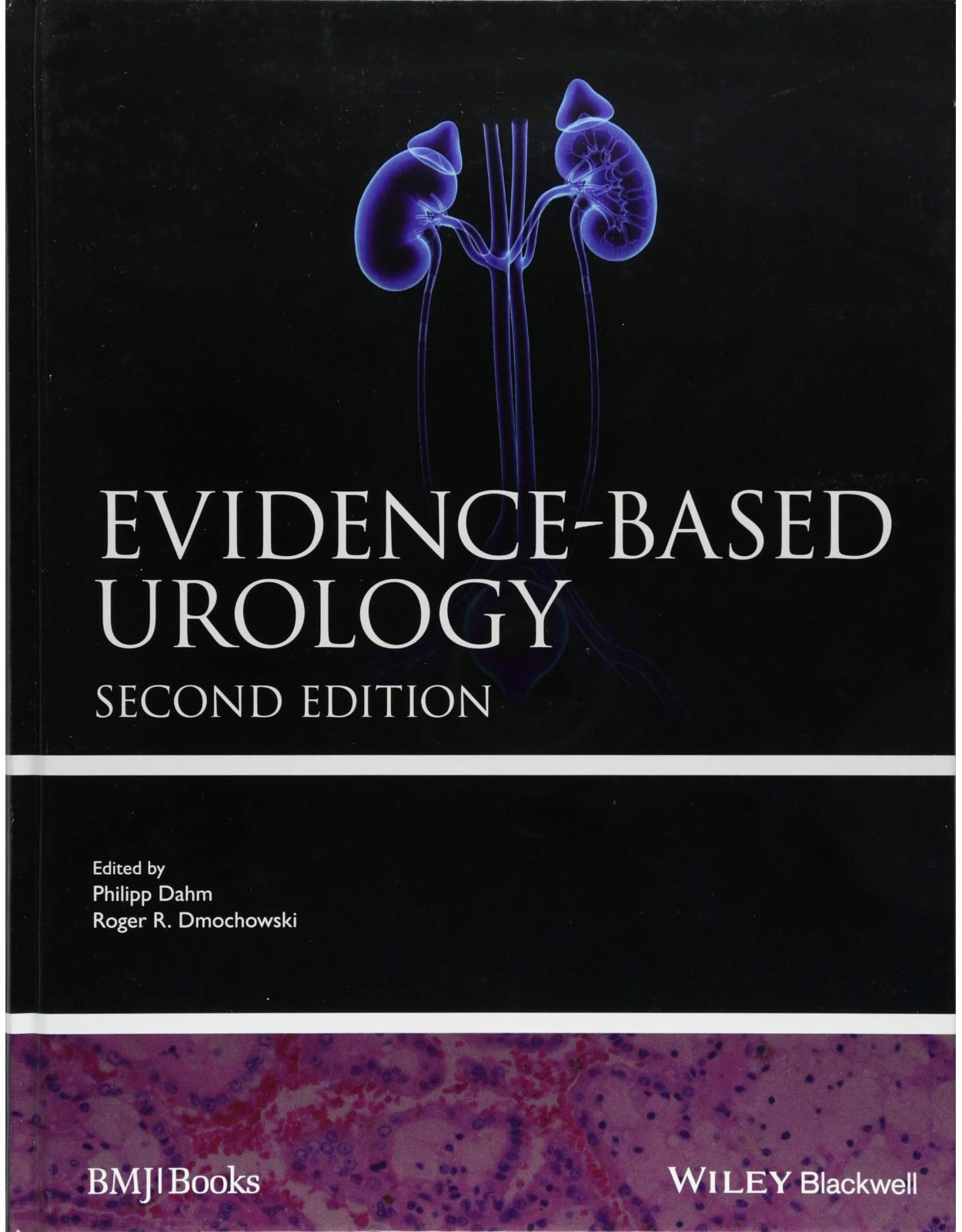

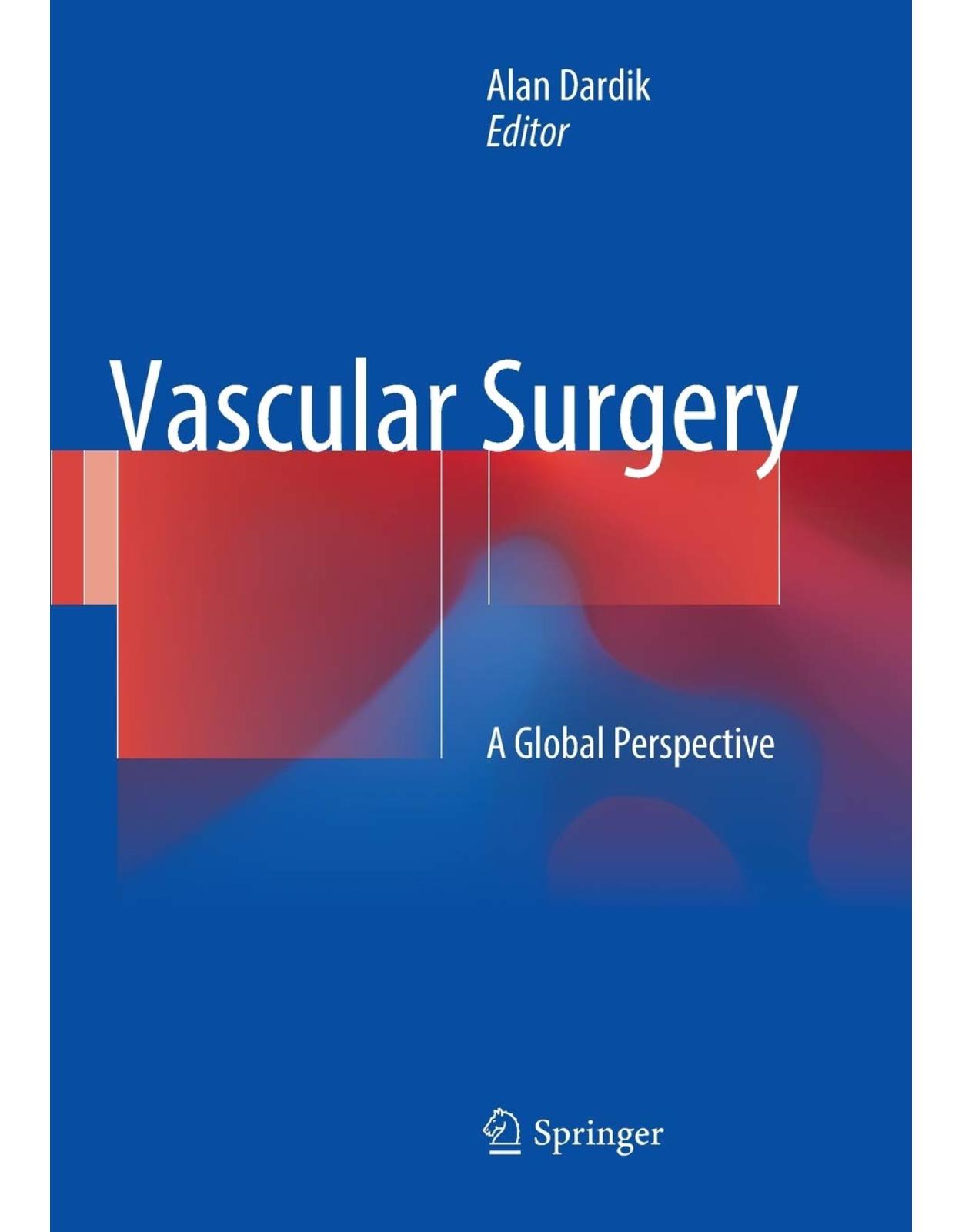
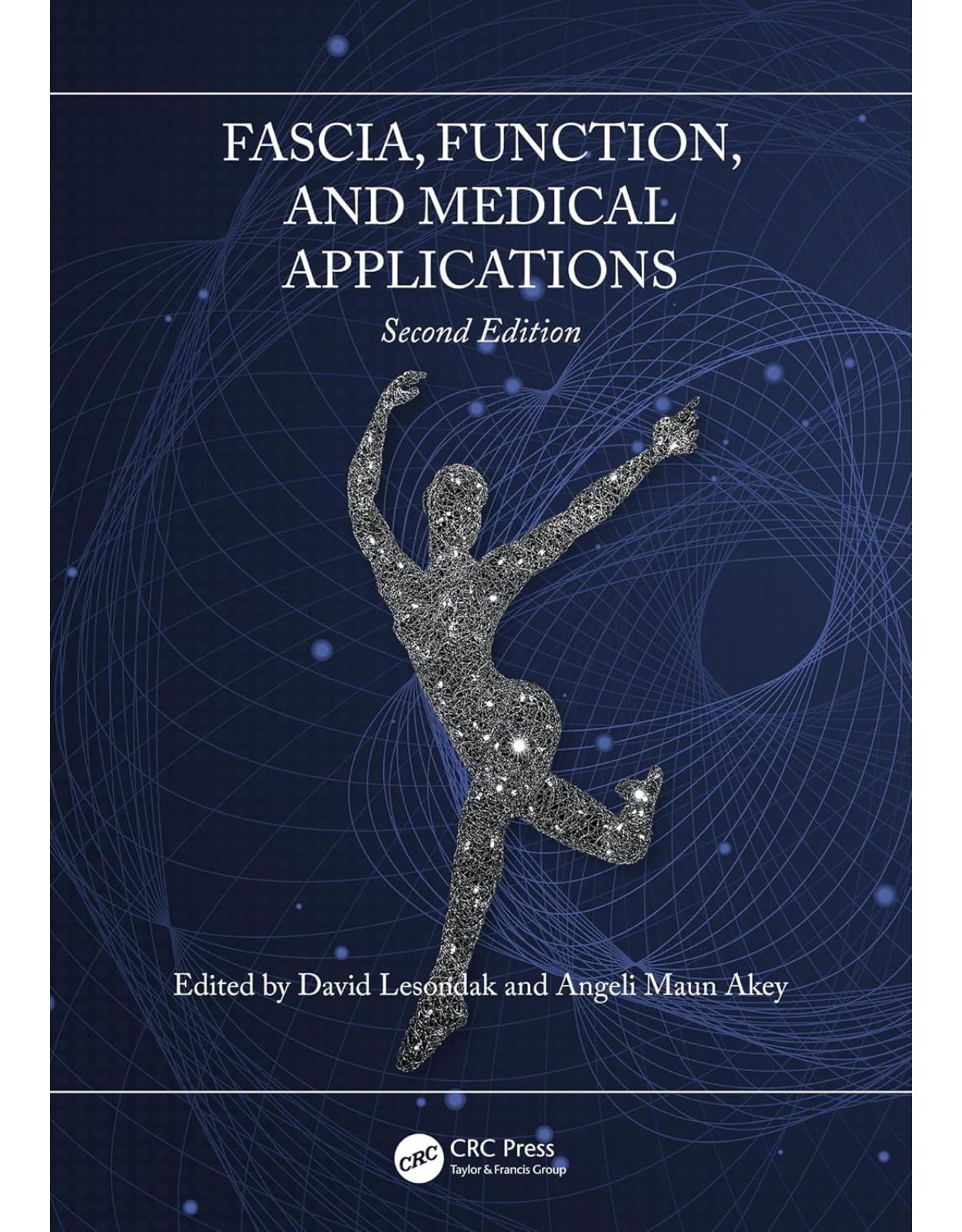
Clientii ebookshop.ro nu au adaugat inca opinii pentru acest produs. Fii primul care adauga o parere, folosind formularul de mai jos.